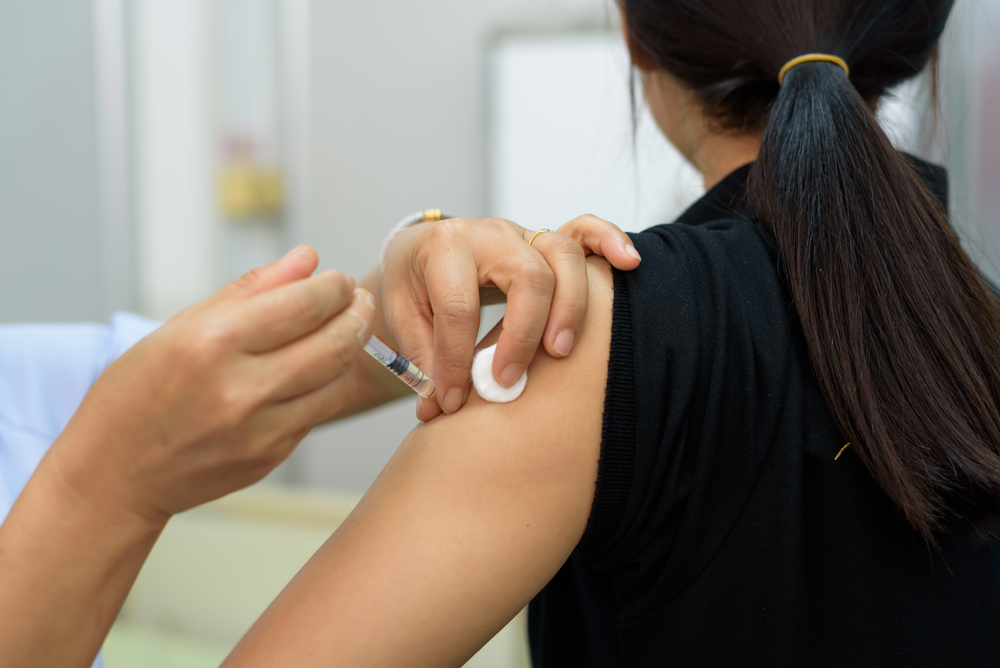Comprehensive Guide to HPV-Related Cancers: Causes, Risks, and Prevention Strategies
This comprehensive guide explores HPV-related cancers, focusing on causes, transmission, risks, and prevention strategies. It highlights the importance of vaccination, early detection, and medical interventions to reduce the global burden of HPV-induced cancers. Learn how to protect yourself and loved ones through awareness and proactive health measures.

Comprehensive Guide to HPV-Related Cancers: Causes, Risks, and Prevention Strategies
Human papillomavirus (HPV) is a highly prevalent virus that infects the skin and mucous membranes, making it the most common sexually transmitted infection globally. With over 150 identified types, HPV presents a wide spectrum of health implications, from benign warts to serious cancers. The majority of individuals infected with HPV may not show symptoms, which contributes to its widespread transmission. It is crucial to understand how HPV spreads, the types of cancers it can cause, and effective prevention strategies to reduce the burden of these diseases.
HPV primarily spreads through skin-to-skin contact during various sexual activities including vaginal, oral, and anal sex. The virus can infect multiple areas such as the genital region, the mouth, throat, and anal area. Certain high-risk HPV types, notably HPV-16 and HPV-18, are strongly associated with the development of cancers, whereas low-risk types like HPV-6 and HPV-11 typically cause benign conditions such as genital warts.
Many healthy individuals can clear HPV infections naturally without any intervention. However, some persistent infections can lead to serious health issues over time, including the development of pre-cancerous lesions which may progress into invasive cancers if left untreated. Early detection and prevention are key to reducing the impact of HPV-related illnesses.
Persistent HPV infections can lead to various types of cancers, especially if they remain untreated for extended periods. It is vital to understand these risks and adopt preventive measures.
Types of HPV-Induced Cancers and Their Impact
One of the most common HPV-associated cancers is cervical cancer. It accounts for a significant portion of HPV-related disease burden worldwide, with approximately 70% of cases linked to HPV-16 and HPV-18. Apart from cervical cancer, HPV can cause cancers in other parts of the body:
Oral cancers: These develop in the mouth, tongue, oropharynx, and throat regions. Changes in sexual habits, especially oral sex, have increased the incidence of oral HPV-related cancers.
Anal cancers: Both men and women can develop anal cancer caused by persistent high-risk HPV infections. These cancers are more common among men who have sex with men and individuals with compromised immune systems.
Penile cancers: HPV, particularly high-risk types, can lead to penile cancer in men, although it remains relatively rare.
Vaginal and vulvar cancers: Women are susceptible to HPV-induced vaginal and vulvar cancers, with high-risk HPV types playing a crucial role in their development.
Risk factors that can compound the likelihood of developing HPV-related cancers include smoking, compromised immune function, multiple sexual partners, and inconsistent use of barrier protection during sexual activity. Smoking, in particular, has been shown to impair immune responses, increasing the persistence of HPV infections and subsequent cancer risk.
Prevention and Treatment of HPV-Related Cancers
Prevention remains the most effective strategy against HPV-induced cancers. Vaccination, especially the HPV vaccine, plays a crucial role in this regard. The vaccine is highly effective in preventing infections from the most dangerous HPV types responsible for the majority of HPV-related cancers. It is recommended for both boys and girls starting at age 9 and up to age 26, although vaccination in older individuals can still provide benefits.
In addition to vaccination, regular screening and early detection are essential. For women, Pap smears and HPV testing are standard procedures to identify precancerous changes in cervical cells. For other cancers such as oral and anal, medical examinations and imaging play vital roles in diagnosis.
If diagnosed early, many HPV-related cancers can be treated successfully through surgical removal, radiation therapy, or chemotherapy. Some treatments focus on removing or destroying pre-cancerous lesions, such as cryotherapy, laser therapy, or surgical excision. Topical medications may also be prescribed for wart-related conditions. It is critical to seek medical advice promptly when symptoms such as unusual bleeding, persistent sores, or unexplained lumps appear. Early intervention significantly improves prognosis and survival rates.
Understanding HPV, its modes of transmission, associated cancer risks, and preventative options can empower individuals to make informed decisions about their sexual health and cancer prevention. Public health initiatives and awareness campaigns continue to emphasize the importance of vaccination, screening, and safe sexual practices to combat HPV-related cancers effectively.





